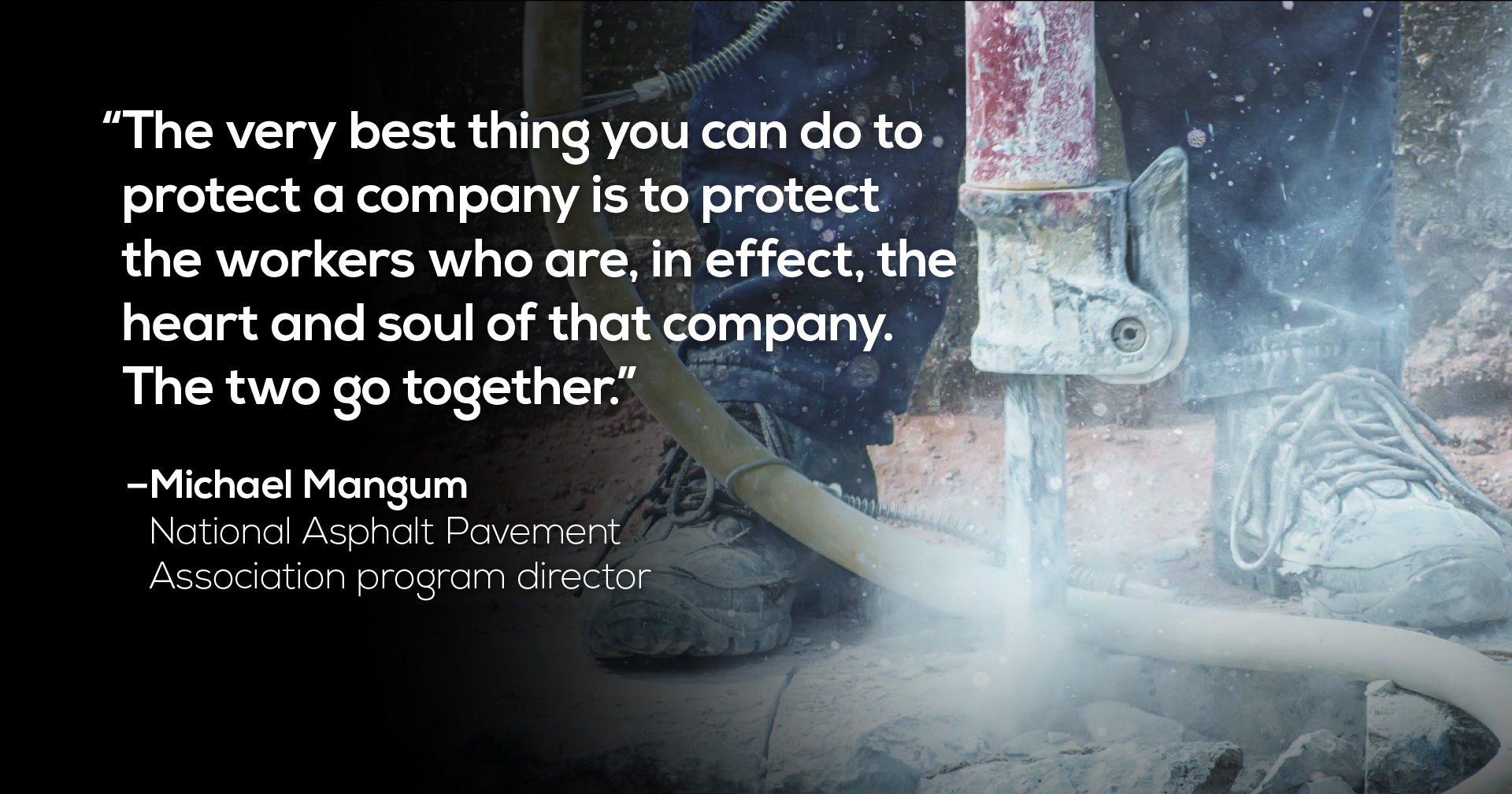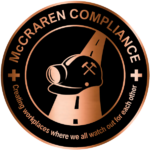OSHA estimates approximately 840,000 workers are exposed to silica dust levels which exceed the permissible exposure level (PEL) under the new standard. Exposure can occur in common construction tasks such as grinders, drills, vehicle mounted drilling rigs, mills, jackhammers, masonry saws, crushing machines, demolitions, etc.
Excessive exposure can lead to cancer, respiratory diseases, kidney diseases and other severe health issues. The new law is projected to save hundreds of lives each year.
What do you need to do to protect your employees and to be compliant with the new standard:
- Establish and Implement a written exposure control plan
- Designate a competent person to implement the plan
- Measure/Monitor actual exposure limits (for activities with PEL’s at the actionable level)
- Reduce/eliminate exposure
- Offer medical exams to workers required to wear a respirator more than 30 days per year
- Train workers on which work activities create silica exposure and methods to limit the exposure.
- Keep records of exposure rates and medical exams
- Companies must be compliant with the new standard by June 23, 2017.
- Laboratory examinations of exposure samples must begins June 23, 2018
Construction companies have options. Companies which fall under the construction standard may adopt exposure control methods identified in Table 1 of the new standard. Table 1 lists proven control methods for common at risk construction activities. Companies implementing these controls can avoid the measuring and laboratory examinations provisions of the standard.
Get ahead of the compliance date by reviewing the new standard and identifying tasks which put your workers at risk of exposure. Then developing and implementing your exposure control plan.



